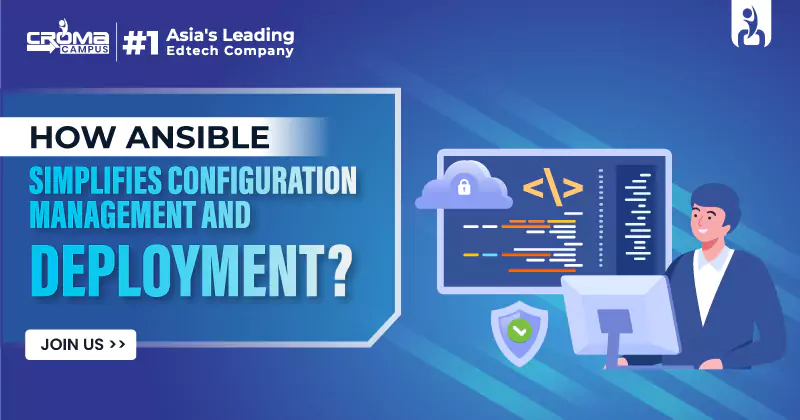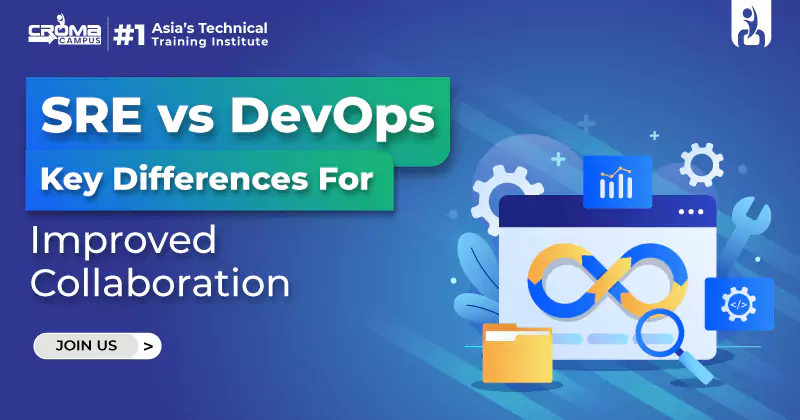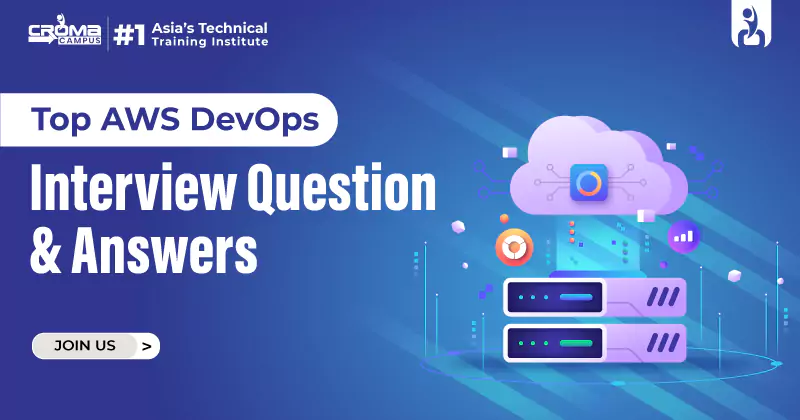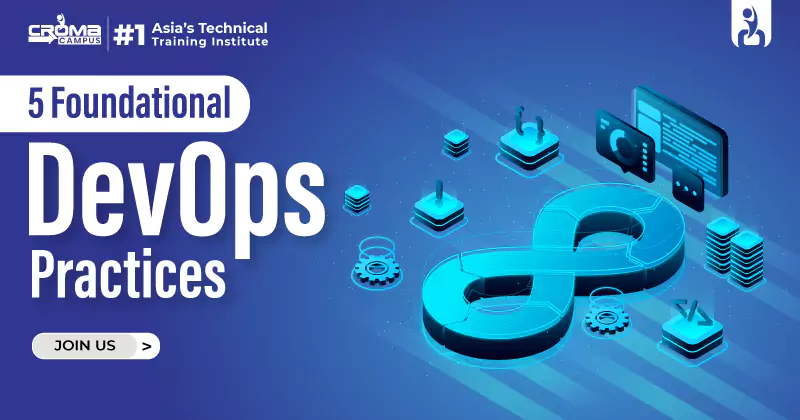Microservices: Characteristics & Concerns
5 out of 5 based on 2100 votesLast updated on 13th Feb 2022 3.5K Views
- Bookmark

In monolithic architecture, the applications become large & difficult to manage. Similarly, microservices provide an application to handle & manage.

Introduction
The term “Microservices” has appeared to describe software applications over the last few years. It is also known as “Microservices Architecture”. There are certain characteristics of organizations: capability of the business, automated development in the language & data. Yet, another term that makes a crowd for all the users of software architecture Microservices Online Training approach an application of small services, that each one of them, is running in its processes. Its main goal is to bring their services that are independent of others. Therefore, it develops the software to grow big, fast & easier. Requirements for communications are less.
Let’s analyze interesting details about the characteristics of microservices:
To decompose any applications into smaller different services following are the characteristics of the microservices.
Characteristics of Microservices
- Modularity: - It makes it easier for an application to understand, develop tests. It is in comparison to the compactivity of the competition in the market in form of monophonic architecture.
- Scalability: - It’s implemented on each other independently & hence they both run the process, that can be monitored & scaled.
- Integration: - Microservices is the only way to modernize visiting monolithic software applications. Some companies have removed their services.
- Distributed Development: - It compares the development by enabling them into the small autonomous terms to develop their scale with their respective services. It emerges within refactoring the services of an individual. It facilitates in various portions, like continuous integrations, delivering & development.
What are the Concerns of microservices?
- Lack of information barriers.
- Moreover, inter-services calls have higher costs in terms of latency in comparison to monolithic services.
- However, you will see that there are many complications in testing & development.
- Likewise, there are some responsibilities in services that are more difficult. It involves different teams, effectiveness in different languages.
- Similarly, if we see the structure of the mechanism in the market then the main focus is on the size of the services. For this, you need to have a better understanding of the architecture of the applications.
- However, the lack of technology leads to anti-patterns in microservices & maintaining data consultancy.
- In contrast to this, if we support the services in the market then it makes it more challenging. It is in-builds with different tools & technologies.
- The agreement is done with microservices were designed for public services. It’s not suitable to work with internal microservices.
Reasons for Microservices Training?
By using the platform microservices it leads to improvement in resilience, promotes the market. In the 21st century, microservices taking their position in a forwarding way in the market. It increases modularity, making applications easier & more importantly it maintains.
- Increases Resilience: - An application gets spread out & breaks your entire services within microservices. Unlike, monolithic architecture, affects the services & has an impact on microservices.
- Improves Scalability: - Each service has different components & each has its function. It increases the availability & performance of other services.
- Ability To Use Right Tools: - For choosing the right tools & right tasks flexibility should be there. Each service has its language, framework, & you can easily communicate with other services in applications.
- Faster Time in Market: - Some microservices, work with low services due to which they didn’t need to rewrite the codebase. Some of the developing applications have small increments that are testable & make your application quicker.
- Continuous Delivery: - In monolithic applications, some dedicated teams work on UI, Database, Server-Side Logic. On the other hand, microservices handle the application using a continuous delivery model.
- Simpler To Deploy: - Arranges in a piece without affecting other services.
- Simpler To Understand: - Its main function is that it follows simple code & it is less independent.
- Minimize Risk of Change: - Avoid security in technologies or language.
- Defects Faster Isolation: - Whenever services go down, it gets isolated with microservices.
Structure of Monolithic v/s Microservice
Monolithic deals with those applications that unite with a single codebase. On the other hand, the applications in microservices disintegrate into the component. In monolithic architecture, the applications become large & difficult to manage. Similarly, microservices provide an application to handle & manage.
Conclusion
Overall, the work of Microservices requires excellent organizations to innovate quickly. It is suitable for large-scale applications. Smaller apps are usually better with a monolithic codebase. There are many Microservices Training in Delhi from where you can get complete knowledge related to this course.
Subscribe For Free Demo
Free Demo for Corporate & Online Trainings.
.webp)
























.webp)

.png)















